Stormwater Runoff and Pollution
The what of stormwater runoff, how it gets polluted, and why it's important we do something about it.
What is Stormwater Runoff?
Stormwater runoff is the water from rain or melting snow that flows over the ground instead of soaking into it. In natural areas, much of the water is absorbed by soil, plants, and trees. But in cities or areas with impervious surfaces like roads, sidewalks, and parking lots, the water can't soak in. Instead, it moves quickly across these hard surfaces, collecting dirt, trash, chemicals, and other pollutants as it travels.
In rural areas, the runoff follows the path of the watershed and flows into creaks, streams, rivers, and lakes.
In urban areas, the runoff then flows into storm drains or other drainage systems, which carry the water to rivers, lakes, or the ocean. If not properly managed, stormwater runoff can lead to flooding, erosion, and pollution in our water bodies, which harms ecosystems and water quality.
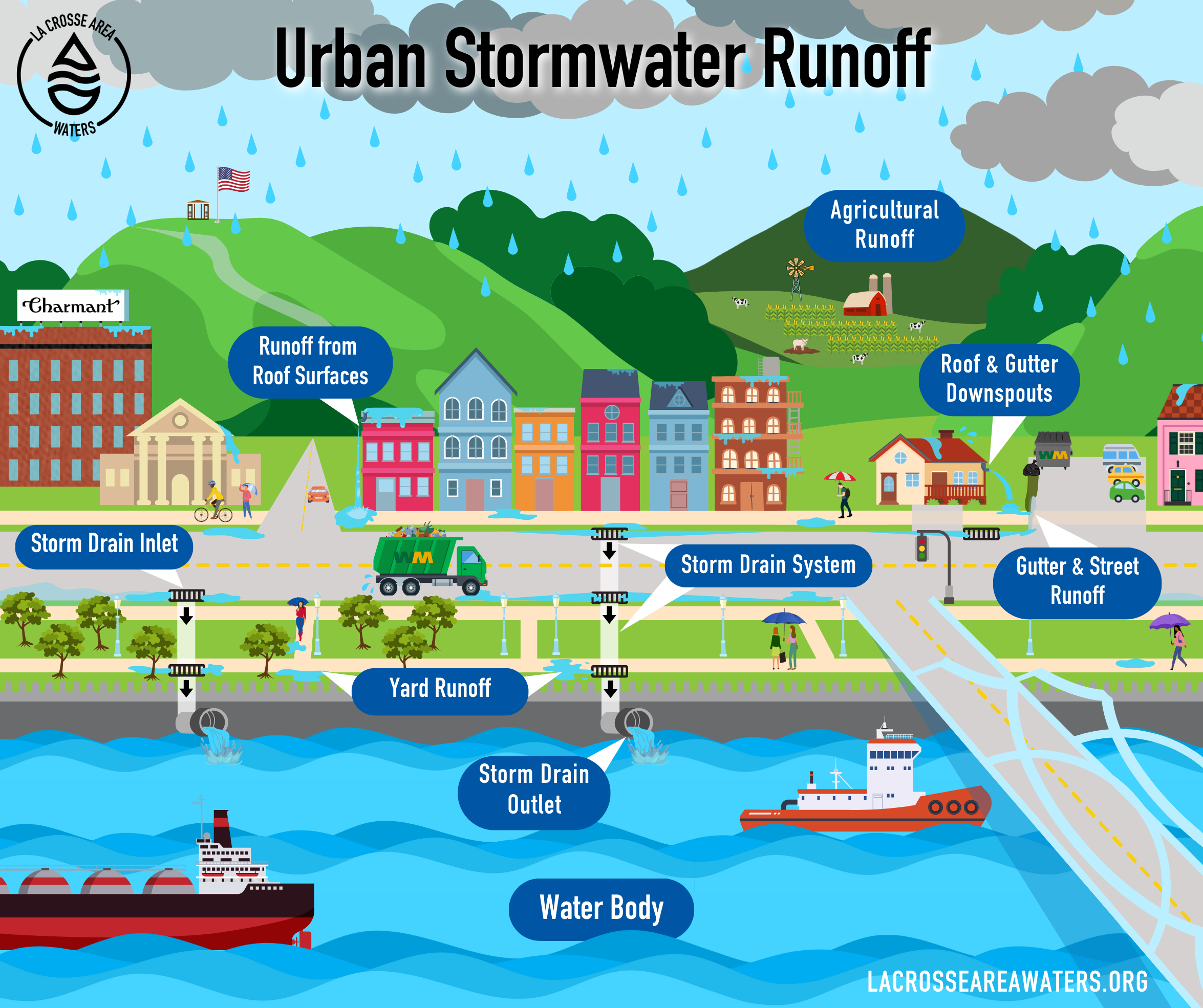
Types of Pollutants
Stormwater runoff can carry many types of pollutants into rivers, lakes, and other water bodies. The main types include:
Sediment – Dirt, sand, and soil that wash into waterways, making water cloudy and harming aquatic life. Often caused by construction, erosion, or bare soil.
- Attention Trout Fishers! When sediment fills in rivers and streams, it increases the water temperature and becomes a "bass" spot for getting the perfect tiger trout. Preventing sedimentation is essential to keep our trout chilly!
Nutrients – Excess nitrogen and phosphorus from fertilizers, pet waste, manure, and yard debris (leaves!) can cause harmful algal blooms, which reduce oxygen in the water and suffocate fish. It can also prevent the use of waterways for recreation because the excess nutrients can cause harmful rashes.
Pathogens – Bacteria and viruses from pet waste, sewage leaks, and wildlife can make water unsafe for drinking and recreation.
Heavy Metals – Toxic metals like lead, copper, and zinc come from vehicle brake pads, tires, industrial areas, and old pipes. These can harm fish, wildlife, and human health.
Oil and Grease – Car leaks, gas stations, and industrial runoff add petroleum-based pollutants that can coat and suffocate aquatic plants and animals.
Pesticides and Herbicides – Chemicals used for lawns, gardens, and farms wash into waterways, harming fish, insects, and plants.
- Remember DDT and when eagles were endangered? This was because the fish they were eating were swimming in the DDT runoff! Read all about it here.
Trash and Debris – Plastic, cigarette butts, and litter get carried by runoff into storm drains, polluting rivers and harming wildlife.
What Does it Look Like?
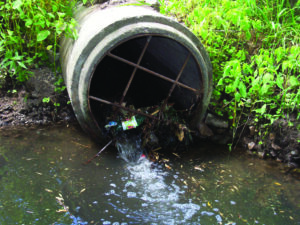
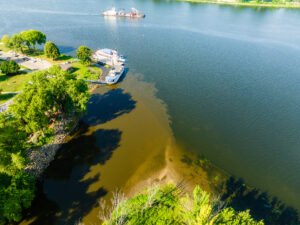
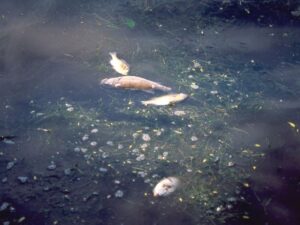
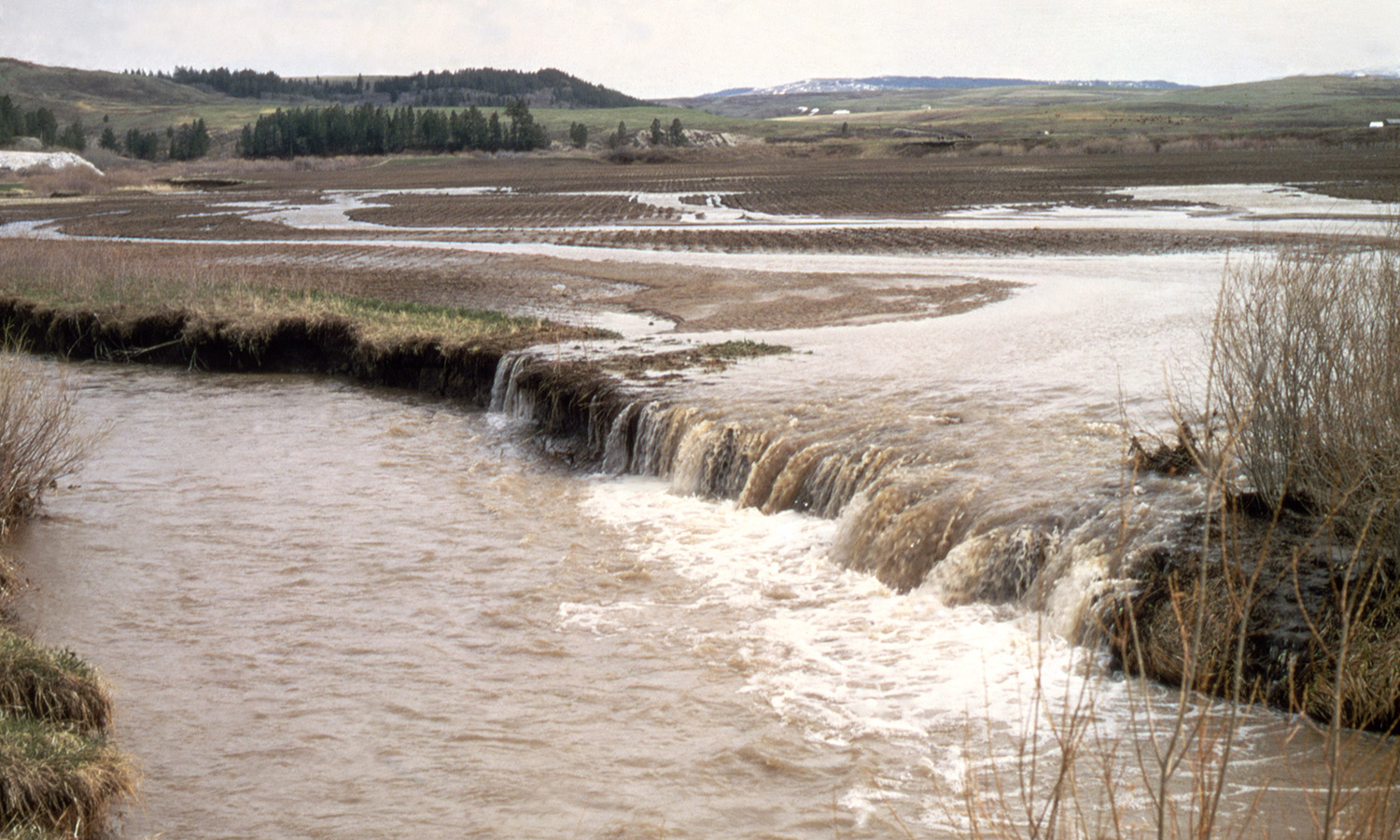
Nutrients: Too Much of a Good Thing
On land, nutrients is a good thing! A lot of us work really hard to make sure we have the perfect balance in our gardens. We know that a lot or not enough of a certain kind can set us up for a poor growing season. In the water, it is even more important that we keep a balance. Having too much nutrients poses dire threats to aquatic and avian species alike.
- Poor Fishing - Sediments fill in waterways, making the water shallower and warmer. Cold water fish, like trout, are replaced with warm water fish, like carp.
- Consumption Advisories - Toxic sediments are eaten by fish and waterfowl. These toxins can build up, causing illness, birth defects, and death in the fish and waterfowl, as well as humans who eat them.
- Muddy Waters - Sediments cloud the water, making it difficult for aquatic organisms to see, feed, breathe, and reproduce. Visibility also increases the chance of boats hitting underwater hazards and makes swimming less desirable.
- Beach Closings - Phosphorus found in fertilizers and fecal contamination cause excessive algae growth, mutations and death in aquatic life, and rashes in humans, impacting recreational use of waterways.
- Habitat Loss - Excess algae block sunlight, which reduces the plant life that is essential food and habitat for fish and waterfowl.
- Fish Kills - When manure, pet waste, leaves, and grass clippings enter waterways, their decomposition process reduces oxygen levels and releases ammonia, both deadly for fish and other aquatic life. As aquatic life dies and decomposes, it releases more nutrients into the water. This creates a deadly cycle.
We Only Have One Chance To Keep Clean Water Clean
To learn about how you can help prevent the pollution of stormwater runoff, continue to explore the other resources we have! Learn about what your municipality is doing to control runoff, the power of native plants, how to build a rain garden or barrel, and get involved with local initiatives and organizations doing on the ground work.
